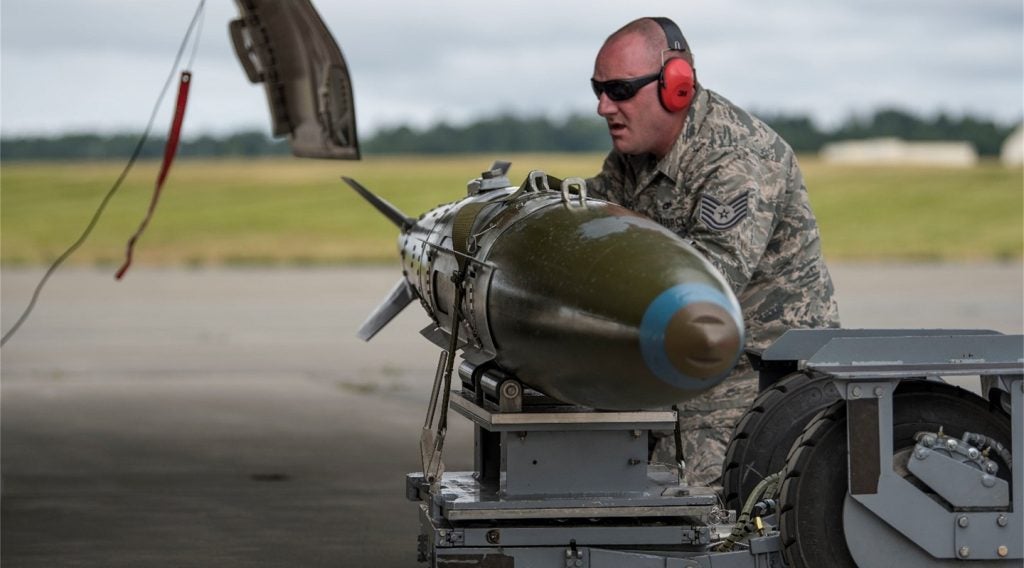Northrop Grumman has secured a contract from the Air Force Life Cycle Management Center to upgrade the next-generation navigation system for the US Air Force (USAF).
As part of the $49m contract, the company will provide the preliminary hardware and software architecture design for the embedded global positioning system (GPS)/inertial navigation system (INS) modernisation (EGI-M) technology.
Northrop Grumman Mission Systems navigation and positioning systems business unit vice-president Dean Ebert said: “We are dedicated to ensuring mission success and the safety of warfighters by providing an EGI-M solution that offers robust, accurate and reliable positioning, navigation and timing ([PNT) information, even in GPS-denied conditions.”
To be based on modular, open systems architecture, the design of EGI-M will support the rapid insertion of new capabilities and adaptability as per platform requirements.
The EGI-M will feature M-Code-capable GPS receivers, which will help to ensure the secure transmission of accurate military signals.
This technology will be compatible with current systems on legacy aircraft for easy integration and rapid adoption of new capabilities.
How well do you really know your competitors?
Access the most comprehensive Company Profiles on the market, powered by GlobalData. Save hours of research. Gain competitive edge.

Thank you!
Your download email will arrive shortly
Not ready to buy yet? Download a free sample
We are confident about the unique quality of our Company Profiles. However, we want you to make the most beneficial decision for your business, so we offer a free sample that you can download by submitting the below form
By GlobalDataAccording to Northrop, EGI-M will be developed to meet the Federal Aviation Administration’s NextGen air traffic control requirements to equip aircraft flying at higher altitudes with automatic dependence surveillance-broadcast (ADS-B) out by January 2020.
ADS-B Out transmits information about an aircraft’s altitude, speed and location to ground stations and to other equipped aircraft in the vicinity.
The upgraded system is expected to be available for platform integration, starting in 2019.







